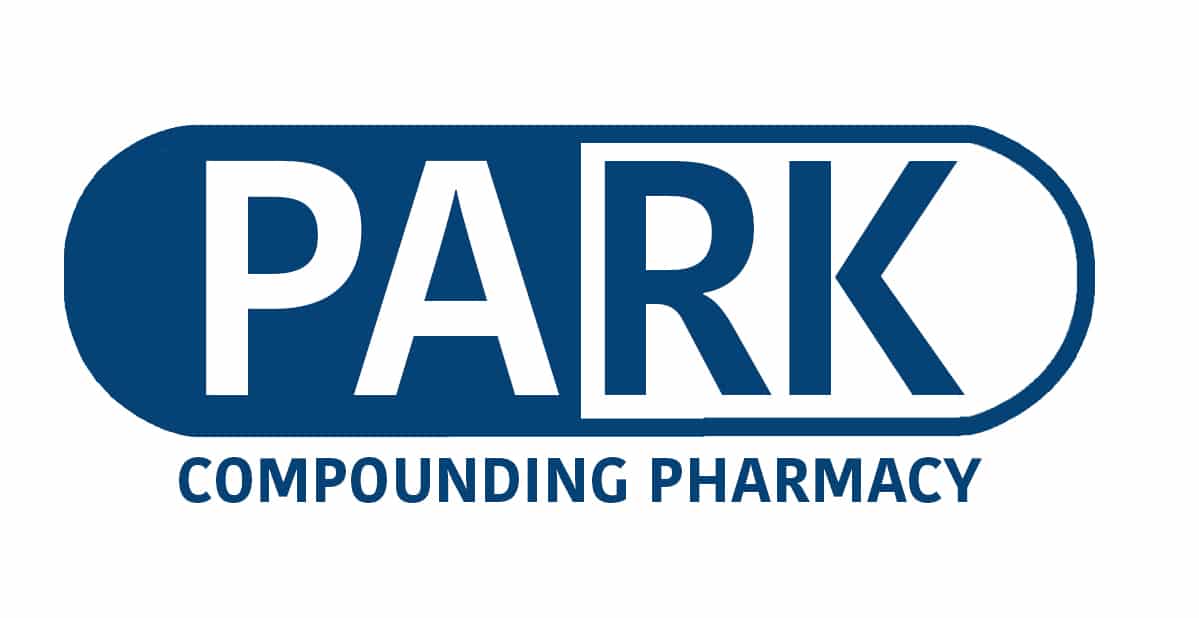Hyperpigmentation is characterized by areas of skin that become darker than the surrounding area. The term can broadly be used to define a variety of skin conditions that result in pigmentation changes. This includes melasma, sun spots/age spots, acne, injuries to the skin, and more. Hyperpigmentation is a common skin condition and can vary from minor cases with only a few spots to more widespread and difficult to treat cases.
Post-Inflammatory Hyperpigmentation
Post-inflammatory hyperpigmentation (PIH) typically occurs following some injury to the skin or as a result of an inflammatory skin condition. When the dermis or epidermis is damaged, inflammation causes an increase in production of melanin that can spread to the surrounding keratinocytes. The injury could be the result of some trauma – accident, surgery, or a skin treatment. If the damage is deep enough or the inflammation is severe it can cause the pigmentation to spread and become trapped in the dermis. This makes the hyperpigmented skin more difficult to treat.
Acne is a major contributor to the development of post-inflammatory hyperpigmentation. This is especially true for severe breakouts – those that are widespread and/or that result in excessive inflammation or damage to the skin. Even after the acne clears, the hyperpigmented skin can remain and become a new concern for these patients. Unlike an acne scar which can result in a pitted or raised surface, PIH is flat and is only a change in the pigment of the skin.
Although post-inflammatory hyperpigmentation affects all sexes, it tends to occur more frequently and be more difficult to treat in patients with medium to darker skin tones.
Melasma
Melasma is a common skin condition that mostly affects women (especially pregnant women). We have discussed melasma frequently on our blog as we have many patients who use compounded treatments for this condition. The symmetrical patches of hyperpigmentation on the face are most often triggered by exposure to UV radiation from the sun. It is thought that the UV radiation triggers hyper-functioning melanocytes, which leads to increased melanin production.
Lentigines
Lentigines are small tan spots on the skin that often result from repeated sun exposure over time. These spots are also sometimes called sun spots, age spots, or liver spots (although they are not related to liver functioning). They can occur anywhere but frequently show up on the face and the back of the hands. While they may be associated with an increased risk of developing melanoma and often resemble melanoma, they are not themselves inherently dangerous. While continued exposure to UV rays may occur over many years from sun exposure, it may also be caused by frequent use of tanning beds.
Drug-Induced Hyperpigmentation
Certain drugs are known to have hyperpigmentation as a possible side effect. This includes amiodarone (an antiarrhythmic), antimalarials, bleomycin and chemotherapy drugs, tetracyclines, and even hydroquinone when used in certain patients. Certain drugs can cause eruptions in the same spot whenever they are taken. Once the eruptions or blisters heal there is often post-inflammatory hyperpigmentation. Drugs that may cause this reaction include non-steroidal anti-inflammatory drugs (NSAIDs), antibiotics, and barbiturates.
Treatment Options for Hyperpigmentation
It is important to remember that most treatments for hyperpigmentation can take some time. Depending on the severity of the condition, the unique skin of the patient, and the compliance with treatment, it can take between 6 to 12 months to see the best results.
Topical medication: Topical medications often can reduce or eliminate many types of hyperpigmentation. Ingredients may include azelaic acid, corticosteroids, hydroquinone, kojic acid, retinoids, such as tretinoin, vitamin C, niacinamide, and many more.
Chemical peels: If the hyperpigmentation is due to sun exposure, chemical peels may be able to remove layers of skin to allow new skin to grow that is not affected by hyperpigmentation. Caution should be used when deciding to use chemical peels as they may inadvertently lead to more hyperpigmentation.
Lasers: In general, lasers are not the best first-line option for treating hyperpigmentation as they can also risk making the condition worse. However in some cases laser resurfacing may be used to remove layers of skin that are affected by hyperpigmentation.
Broad spectrum sunscreen: This is essential for managing hyperpigmentation. UV radiation is a primary trigger for several types of hyperpigmentation. The sunscreen should be SPF 30 or higher and broad spectrum. Wearing protective clothing like a wide brimmed hat can also help.
What is the Best Treatment for Hyperpigmentation?
As mentioned in a recent review of treatments for melasma, the best treatment for hyperpigmentation is usually a combination cream that contains hydroquinone, retinoic acid, and a corticosteroid. A compounding pharmacy can be useful for making this type of cream with a variety of ingredient combinations and strengths. For example, our pharmacy often adds niacinamide to formulations with retinoic acid – a combination that is not commercially available from typical pharmacies.
